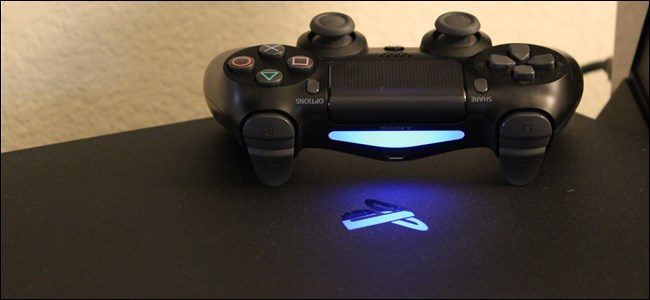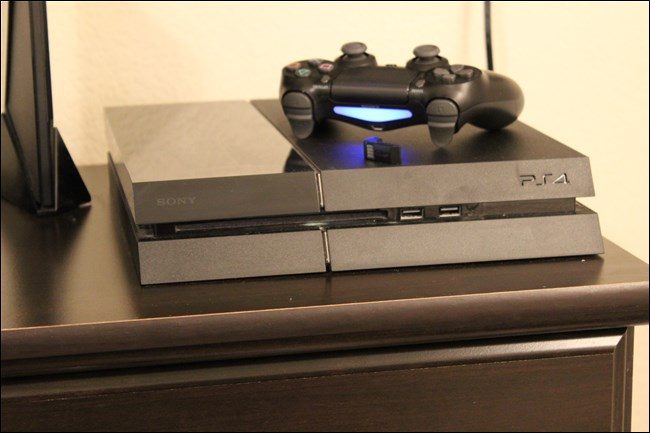
Sony’s PlayStation 4 has been out since 2013, but there’s a pair of new, updated players on the stage: The PlayStation 4 Slim and PlayStation 4 Pro. But what’s the difference, and which one should you buy?
Figuring out which PS4 to buy can be interesting—even more if you already have a PS4 and are considering an upgrade to the new PS4 Pro.
The good news is that the PS4 and PS4 Slim are, for all intents and purposes, the same machine for the most part, and all three machines will play the same games. Some may play them with extra features or better graphics, though, so let’s talk about the main differences.PlayStation 4 (Released November, 2013)

Ah, the original PlayStation 4. It’s hard to believe this machine is already nearly four years old, but it has actually aged quite well. There are, however, some key specs that are starting to get a little long in the tooth, which is precisely why Sony decided a new Slim model was necessary (just like it did with the PlayStation 2 and 3 in the past).
Before we get into that, however, let’s talk about the PlayStation 4 itself. Originally launched at $400, it was a state-of-the-art machine for its time, featuring a graphics processor that made the preceding PlayStation 3 look like, well, a last-gen console. It can output true 1080p graphics even in the most intense games, where its predecessor was often limited to 720p. Thanks to a recent update it also supports HDR on compatible TVs, which is a nice enhancement that keeps the original model more in line with the new Slim and Pro models.
It also featured a new controller design with the DualShock 4, which introduced a touchpad and replaced the traditional Start/Select buttons with new Share and Options buttons. It also allowed the controllers to be charged when the console was in Sleep Mode, which was a huge omission on the PlayStation 3.
Overall, the PS4 was an excellent console for its time, and a worthy successor to the PlayStation 3. But like I said earlier, some of its features are getting a little long in the tooth, which is the whole reason for the new Slim model.
PlayStation 4 Slim (Released September, 2016)

As its name suggests, the newest version of the PS4—with a list price of $300, but often available for less—is a smaller, slimmer, and overall more minimal version of the PS4—at least on the outside. It does, however, bring updates to some of the PS4’s more outdated specs, which was honestly needed at this point.
First, and what I personally feel is the biggest improvement, is the Wi-FI: where the original PS4 only supports 2.4GHz b/g/n networks, the PS4 Slim has both 2.4GHz and 5GHz support, as well as adding Wi-Fi AC to the mix. In other words, it supports all modern network configurations for faster and more reliable Wi-Fi, provided your router supports those same standards. The Slim model also bumps the Bluetooth connection from the long-outdated 2.1 protocol to Bluetooth 4.0.
The USB ports have been updated to the newer USB 3.1 standard, but Sony also removed the optical audio port from the updated model to fit its slimmer size. That means all audio has to be routed through HDMI for those with home entertainment systems. For most users, this probably won’t matter, but optical audio can be useful in some situations.
When it comes to storage, the original PlayStation 4 was limited to 500GB out of the box, where the Slim comes in both 500GB and 1TB options. That extra 500GB will go a long way.
Past this handful of hardware differences, the Slim is otherwise identical to the original model—the graphics processor and RAM, for example, are the same. The real update there is in the Pro model, which takes everything to a new level.
PlayStation 4 Pro (Released September, 2016)
The PlayStation 4 Pro ($400) is the big dog of Sony’s “new” lineup, offering more than either of the other two models—including 4K and HDR support for games and video. The overall form factor of the Pro is a bit larger than the original PlayStation 4, though not by much—about 13 percent—it is, however, roughly 43 percent larger than the Slim model, not to mention more expensive.
It makes sense, though, because it packs a lot more under the hood than the other two models. For starters, it offers three USB ports instead of two (all of which are USB 3.1). Just like the other two, there’s a pair of ports on the front, but now it also offers one in the back—great for USB storage.

Sony also updated the HDMI port on the Pro to HDMI 2.0. The older HDMI 1.4 standard (which is on both the original PS4 and Slim models) limits 4K content to 24fps (frames per second), where HDMI 2.0 bumps this up to 60fps—this is crucial for being able to play games in 4K. This newer HDMI standard also features HDCP 2.2, an updated form of copy protection which allows services like Netflix to output 4K content.
All that said, there is one silly omission here: the Pro can’t play 4K Blu Rays. It’s unclear whether this is a software or hardware limitation, so we can’t expect that some software update will fix this in the future. It’s very, very dumb.
Since…
The post What’s the Difference Between the PlayStation 4, PlayStation 4 Slim, and PlayStation 4 Pro? appeared first on FeedBox.